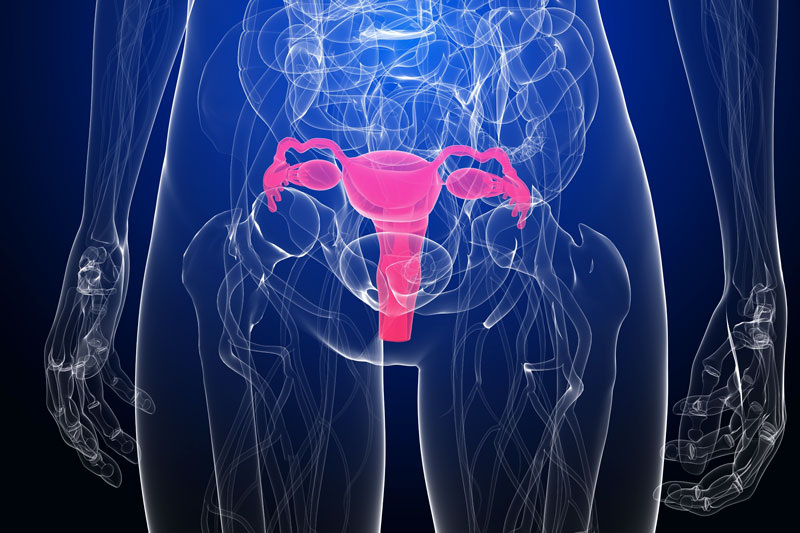Ovulation induction is a relatively simple technique aimed at developing and ovulating one or the most two eggs. It is most common in women who do not ovulate on their own, with the most common example being polycystic ovary syndrome. There are cases where ovulation induction is also suggested in women with automatic ovulation to produce more than one egg and improve their hormonal profile, theoretically increasing the likelihood of conception.
To induce ovulation are used:
Injectable formulations of FSH, recombinant or not, from the 2nd to 3rd day of the cycle to about 2 days before ovulation
Orally administered clomiphene citrate (Serpafar), from the 2nd to the 6th day of the cycle
Monitoring is usually done only by transvaginal ultrasound. If the induction has been successful and 1-2 follicles have developed normally, either insemination is recommended, or the couple is advised at what time it is desirable to have sexual intercourse.
Complications are rare. Essentially, we have cancellation of the effort when more than 2 follicles develop, to avoid the risk of multiple pregnancy. If there are 2 follicles and pregnancy is achieved, the probability of twin pregnancy reaches 5%.






